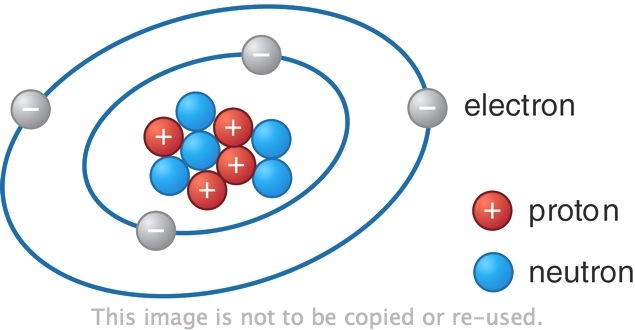


The energy of the 3d orbitals far exceeds the energy of the 2s and 2p orbitals, so using them in bonding is energetically prohibitive. As an example, LiCl, which is partially covalent in character, is much more soluble than NaCl in solvents with a relatively low dielectric constant, such as ethanol (ε = 25.3 versus 80.1 for H 2O).īecause d orbitals are never occupied for principal quantum numbers less than 3, the valence electrons of second-period elements occupy 2s and 2p orbitals only. As such, the bonding in such compounds has a significant covalent component, giving the compounds properties that can differ significantly from those expected for simple ionic compounds. The very small cations derived from second-period elements have a high charge-to-radius ratio and can therefore polarize the filled valence shell of an anion. Because of the smaller atomic size, simple binary ionic compounds of second-period elements also have more covalent character than the corresponding compounds formed from their heavier congeners. Thus BF 3 forms only the four-coordinate, tetrahedral BF 4 − ion, whereas under the same conditions AlF 3 forms the six-coordinate, octahedral AlF 6 3− ion. Moreover, the small sizes of these elements prevent them from forming compounds in which they have more than four nearest neighbors. When an electron is added to such a small atom, increased electron–electron repulsions tend to destabilize the anion. In contrast to the chemistry of the second-period elements, the chemistry of the third-period elements is more representative of the chemistry of the respective group.ĭue to their small radii, second-period elements have electron affinities that are less negative than would be predicted from general periodic trends. The semimetals lie along the diagonal line separating the metals from the nonmetals and exhibit intermediate properties. Consequently, the elements in the upper right of the periodic table are the smallest and most electronegative the elements in the bottom left are the largest and least electronegative. In contrast, atomic size decreases from left to right and from bottom to top. Ionization energies, the magnitude of electron affinities, and electronegativities generally increase from left to right and from bottom to top. \): Summary of Periodic Trends in Atomic Properties.


 0 kommentar(er)
0 kommentar(er)
